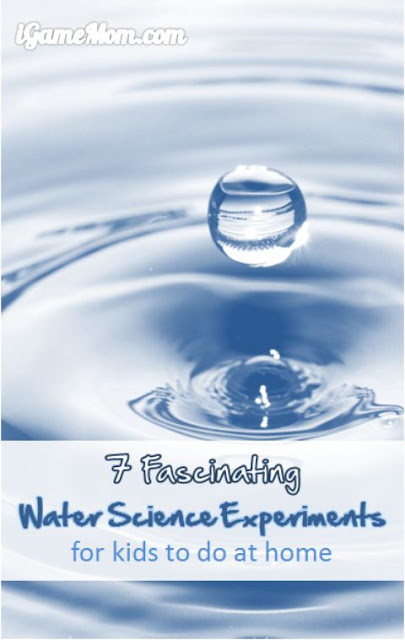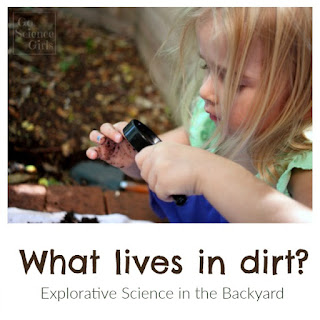When I was teaching science my 6th graders would end each year engineering their own solar oven. It was always a big hit. This is a great activity that is certainly not limited to middle school. Anyone with some creativity and building skills can tackle it!
This post contains affiliate links, meaning I will receive a small commission (at no additional cost to you) if you make a purchase after clicking a product link. Please see disclosures page for more details.
What is a solar oven?
In many places around the world, solar
ovens are used to cook food with the sun. In North America, they are mostly used
for camping, solar oven cooking groups and hobbyists. If you have an
effective solar oven, you can cook just about anything you'd cook in
a regular oven. For this design challenge, I'd recommend cooking
something that can be cooked without too much concern over spoilage.
S'mores, nachos, English muffin pizzas, etc. are good kid-friendly choices to
start out.
The Challenge:
Build a solar oven that effectively
"cooks" your desired item. The #1 rule is: do not search
for solar oven designs on the internet! Creativity and your own
ingenuity will take you far with this one!
Potential Materials:
(This list can obviously be tweaked as you see fit, however these materials have been chosen for safety, and age appropriate degree of challenge.)
- Aluminum foil
- Cardboard
- White office paper
- Tape- any type
- Packing peanuts- if you're not reusing old ones, grab the biodegradable type, it's better for the environment!
- Newspaper
- Black paper
- Plastic Wrap (can also reuse plastic shopping bags!)
- Glue
- Scissors
**NO: glass, magnifying glasses or
sheet metal**
3 Types of Heat Transfer:
Convection
You've probably heard that "heat rises". Convection is the science term for this phenomena. Convection is the movement of a fluid (air or liquid) where hotter and less dense material rises, and cooler, more dense material sinks. We experience convection when heating our homes, when swimming in a large body of water, and in convection ovens, just to name a few examples.- When building your oven, imagine that heat will rise. How can you get the heated air to stay close to what you want to cook?
Conduction
Conduction is when heat is transferred directly from one objects to another when they are touching one another. Some materials conduct heat more easily. A good example is when you leave a metal spoon in a mug of hot cocoa. If it has been a few minutes, you'll notice when you touch the spoon again, it is very hot. It has conducted heat directly from the hot liquid. Conduction is what heats something that you put on the stove. The pan is directly touching the hot stove, therefore its contents are heated up.- When you design your oven, will the cooking surface conduct heat?
Thermal Radiation
Thermal radiation does not require direct contact. Heat travels in waves from one source to another through air, or another substance. Heat from the sun is the best example of thermal radiation. The sun is not directly touching what it heats up, the heat travels through the air.- This is important to think about when building your oven. Solar energy is your main form of heat. How will you harness it?
Insulation/Reflection
Insulation
Insulation is the opposite of conduction. You use insulation to keep heat from escaping, or to keep heat from conducting too quickly. Insulation is used in the walls of our houses to keep them warm during the winter. We also use oven mitts to insulate our hands from hot dishes that we remove from the oven.- Where do you want to keep the heat in your oven? Where do you want to make sure heat can flow easily?
Reflection
Sunlight can be reflected, or "bounce back" from smooth, shiny surfaces. This can be a way of redirecting light. Light creates heat energy.- How can you use reflection to bounce light energy where you want it in your oven?
1. Start with a blueprint! Draw what you
hope to build, and label the materials you will use.
2. Build your oven.
3. Test it out! Place your oven in an area
that will get steady sunlight. Keep in mind that houses and trees can
cast large shadows when as the sun passes overhead.
4. If your oven didn't work the way you'd
like, how can you change it to see if you can make it work better?
5. Test it again!
This is the process professional
inventors and engineers use. You're well on your way to becoming an
engineer!
You can use your solar oven to make some recycled crayons! Check out the instructions for solar oven recycled crayons here.
You can use your solar oven to make some recycled crayons! Check out the instructions for solar oven recycled crayons here.
If your oven is working great and you
are interested in cooking full family meals with the sun, you might want to check out these cool
commercial solar ovens from Go Sun Stove.

Excited to do more science this summer? This is just one post in the Spectacular Summer Science Series! Sign up to get Share it! Science posts by e-mail so you don't miss out!
More Summer Science Ideas:


































